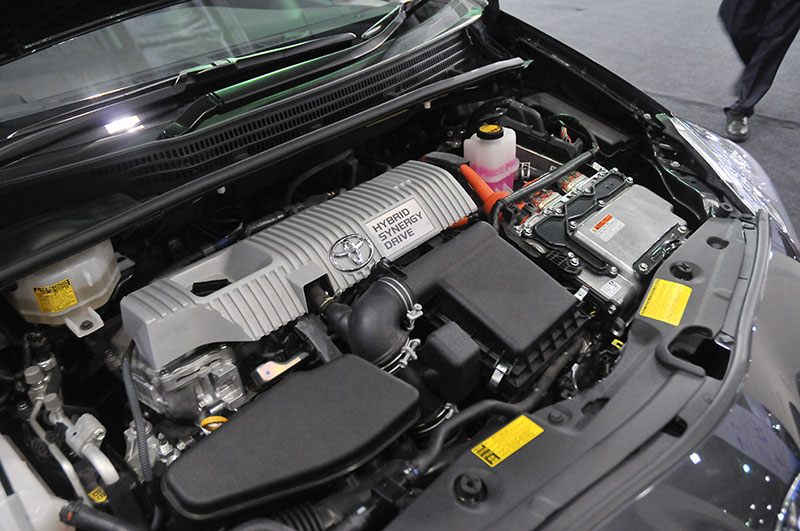Advances in Hybrid (HEV) and electric vehicle (EV) technology seem to be happen every day, including in the area of electric motors.
While EVs have yet to take off here in Australia, there are plenty of HEVs about and more are on their way, so an understanding of electric motors is important.
Hybrids can be ‘strong’ (meaning it can run on just the electric motor, just the combustion engine, or a combination of both), or ‘mild’ and ‘micro’ (where the power for general driving comes from a combustion engine, but a small electric motor can be used to assist the main engine).
‘Strong’ hybrids, such as the Prius, use permanent magnet motors (PM synchronous). These motors are good for driving or as a generator in regenerative braking. Heavy vehicles will have this type of motor to ease that industry into full electric.
‘Mild’ and ‘micro’ hybrids do not have all the advantages of a strong hybrid, but still have features such as idle stop mode and may have an alternator that is used to not only generate electricity but also be used as a starter.
Most electric motors work by electromagnetism and on the principle that there is a mechanical force on any wire when it is conducting electricity while in a magnetic field. This mechanical force is manifested in the rotation of a shaft.
In an electric motor, the rotating component is the rotor and it is the rotor that turns the shaft. The rotor contains electromagnets that are wound onto its frame. The static, or stationary component of the motor, is called the stator and holds the conductors. Current flows through the stator and the strength of the magnetic field with which the rotor interacts is increased as the current through the stator increases. The result is torque power exerted on the rotating shaft.
There are two types of electric brushless motors that use permanent magnet tech: the AC induction motor or AC asynchronous motor (as used in Tesla vehicles), and AC synchronous motor (as used in vehicles such as the Prius).
The term asynchronous means the speed of the motor is not necessarily related to the frequency of the current flowing through the stator. Asynchronous induction motors include the squirrel cage and wound rotor induction designs.
A squirrel cage rotor is composed of parallel thick copper or aluminum conductors connected to a ring of the same material at the ends. As the stator magnetic field rotates, the field interacts with the field established by the magnetic poles of the rotor. This causes the rotor to turn at nearly the speed of the rotating stator magnetic field.
A wound rotor has the same number of poles as the stator, with windings made of copper. When the stator magnetic field rotates and the rotor windings are shorted, the stator magnetic field motion induces a field into the wound rotor, causing the rotor to turn at nearly the speed of the rotating stator magnetic field.
The AC synchronous motor rotates exactly at the supply frequency. The speed is controlled by varying the frequency of the AC supply and the number of poles in the stator winding.
Brushless motors produce high starting torque and are typically over 90 per cent efficient. There are two designs of rotors in brushless motors:
- The permanent magnets are mounted on the outside surface of the rotor. These are called surface permanent magnets (SPM)
- The permanent magnets are housed inside the outer shell of the rotor and are called interior permanent magnets (IPM). The Honda Accord, Ford hybrids, and Toyota hybrids use the IPM type rotor assembly.
In both type of motors, the stator coils are stationary and the permanent magnet assembly rotates.
From June I will be in Europe for 3 months I will be visiting one of the top five Universities in the UK for Electric vehicle technology my articles will be about my trip in the next issue.
Source: Motor Trader E-Magazine (June 2019 Edition)
7 Jun 2019


